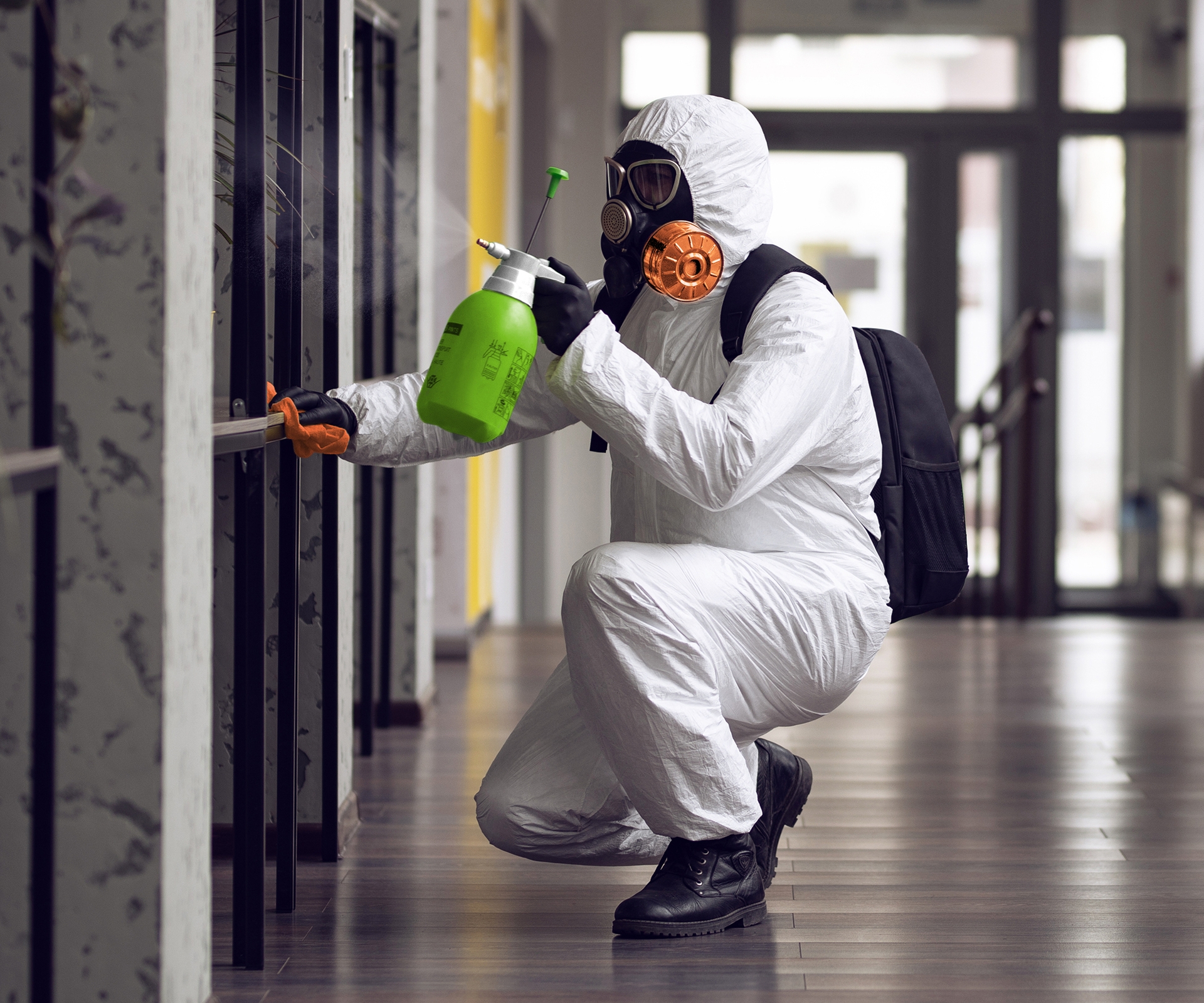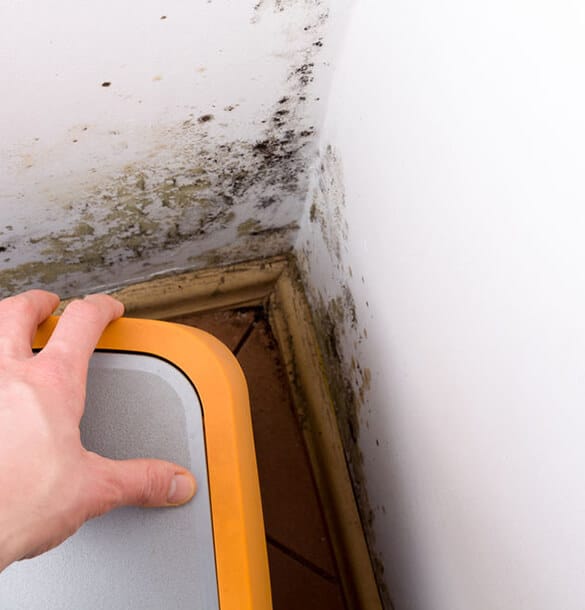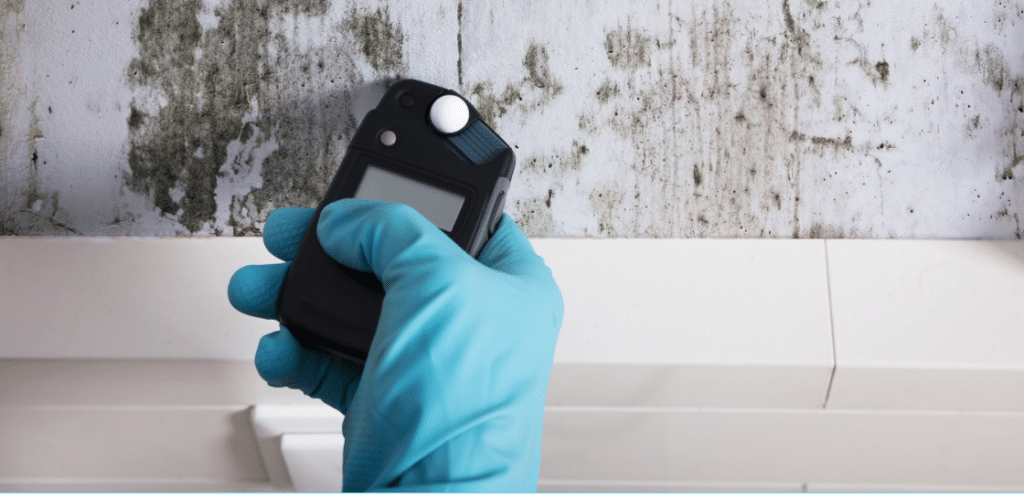Crucial Steps After Mold Remediation
Crucial Steps After Mold Remediation
Blog Article
Your Ultimate Guide to Article Mold Remediation Strategies
Browsing the realm of post-mold remediation methods is a meticulous procedure that demands focus to information and an extensive understanding of the ins and outs included. In the after-effects of mold and mildew infestation, understanding just how to effectively get rid of the mold and avoid its reoccurrence is extremely important for keeping a healthy and balanced interior atmosphere. From picking the right cleansing and disinfecting techniques to applying methods for long-term mold avoidance, each step in the removal journey plays a crucial role in ensuring an effective outcome. As we start this exploration of post-mold remediation techniques, we will certainly discover the vital approaches and best techniques that can aid you restore your space to its pre-mold problem and safeguard it versus future mold and mildew hazards.
Recognizing Post-Mold Removal Refine
After finishing the mold and mildew removal procedure, it is crucial to recognize the post-mold remediation methods that are required to guarantee a detailed and reliable clean-up. Once the mold has actually been eliminated, the following action involves cleansing and decontaminating the affected areas to stop any regrowth of mold and mildew. This consists of making use of specialized cleansing representatives to clean down surface areas and eliminate any staying mold spores. It is vital to dry out the location entirely to inhibit the growth of mold and mildew in the future (After mold remediation). Proper ventilation and dehumidification can help in this procedure.
In addition, conducting a last assessment post-remediation is crucial to make sure that all mold has actually been successfully eradicated. This inspection ought to entail a detailed visual check along with potentially air sampling to confirm the lack of mold spores airborne. Additional removal may be necessary if the inspection exposes any lingering mold and mildew. Enlightening residents on preventative procedures such as regulating moisture levels and promptly resolving any kind of water leakages can assist maintain a mold-free setting.
Reliable Cleaning and Sanitizing Methods

Avoiding Future Mold And Mildew Growth

Value of Correct Air Flow
Appropriate ventilation plays an important role in stopping wetness build-up, a crucial consider mold development within indoor environments. Effective ventilation systems assist remove excess humidity from the air, minimizing the possibilities of mold and mildew spores locating the moisture they need to spread and germinate. Without adequate ventilation, indoor areas can become a breeding ground for mold and mildew, leading to prospective health and wellness dangers and structural damage.
By guaranteeing appropriate air circulation, air flow systems can additionally aid in drying out wet locations quicker after water damage or flooding incidents, better deterring mold and mildew development. After mold remediation. Precede like bathrooms, attic rooms, cellars, and cooking areas where wetness levels often tend to be greater, installing and preserving effective ventilation systems is vital in stopping mold and mildew problems

Monitoring and Upkeep Tips
Offered the crucial role that appropriate ventilation plays in protecting against mold and mildew growth, it is vital to establish efficient monitoring and upkeep tips to ensure the ongoing capability of air flow systems. Regular inspections of ventilation systems should be conducted to visit the site check for any you can try these out type of signs of clogs, leakages, or malfunctions that might impede appropriate air movement. Monitoring humidity degrees within the residential property is likewise crucial, as high moisture can add to mold growth. Installing a hygrometer can aid track humidity degrees and sharp house owners to any type of spikes that may require attention. Additionally, making sure that air filters are on a regular basis cleansed or changed is crucial for maintaining the efficiency of the ventilation system. Executing a routine for routine upkeep tasks, such as air duct cleansing and heating and cooling system inspections, can aid prevent concerns before they rise. By staying positive and conscientious to the problem of ventilation systems, homeowner can successfully alleviate the danger of mold and mildew regrowth and maintain a healthy and balanced interior setting.
Conclusion
Finally, post-mold removal methods are essential for making certain a tidy and risk-free atmosphere. Recognizing the procedure, implementing efficient cleaning and disinfecting techniques, protecting against future mold and mildew growth, keeping appropriate air flow, and routine tracking are all crucial action in the removal procedure. By adhering to these guidelines, you can successfully get rid of mold and prevent its return, functioning or promoting a healthy and balanced living room for all owners.
In the results of mold infestation, understanding how to properly eliminate the mold and mildew and stop its reoccurrence is extremely important for maintaining a healthy interior atmosphere. As soon as the mold has been gotten rid of, the following action involves cleansing and decontaminating the impacted locations to protect against any regrowth of mold and mildew - testing air quality after mold remediation. After removing visible mold development, it is vital to clean all surfaces in the affected area to remove any continuing to be mold and mildew spores. To even more improve mold prevention steps, it is vital to deal with underlying problems that at first led to mold growth.Offered the critical duty that proper air flow plays in protecting against mold development, it is crucial to develop reliable monitoring and maintenance ideas to make sure the continued performance of ventilation systems
Report this page